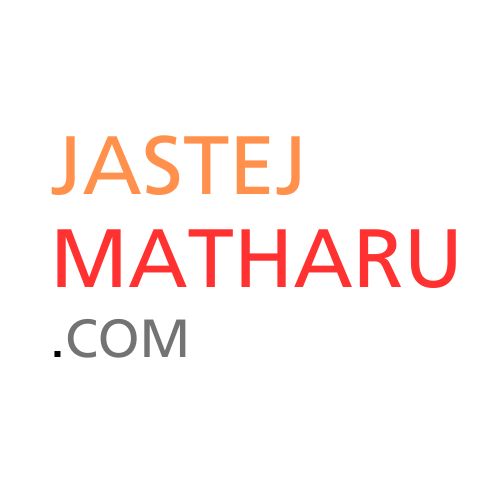The Power of Maintenance: Reducing Downtime, Costs, and Risks

Maintenance is not just an expense—it’s an investment that prevents financial losses, enhances safety, and extends asset lifespan. The Qantas A380 crisis highlighted how poor inspections led to a $100 million loss. Toyota’s predictive maintenance cut downtime by 30% and repair costs by 40%. London Underground’s proactive approach extended asset life and saved millions. Shell & BP’s corrosion monitoring prevented disasters and ensured compliance. Across industries, predictive and preventive maintenance reduces downtime, lowers costs, extends asset life, and enhances safety, proving that maintenance is essential for long-term success and efficiency.








